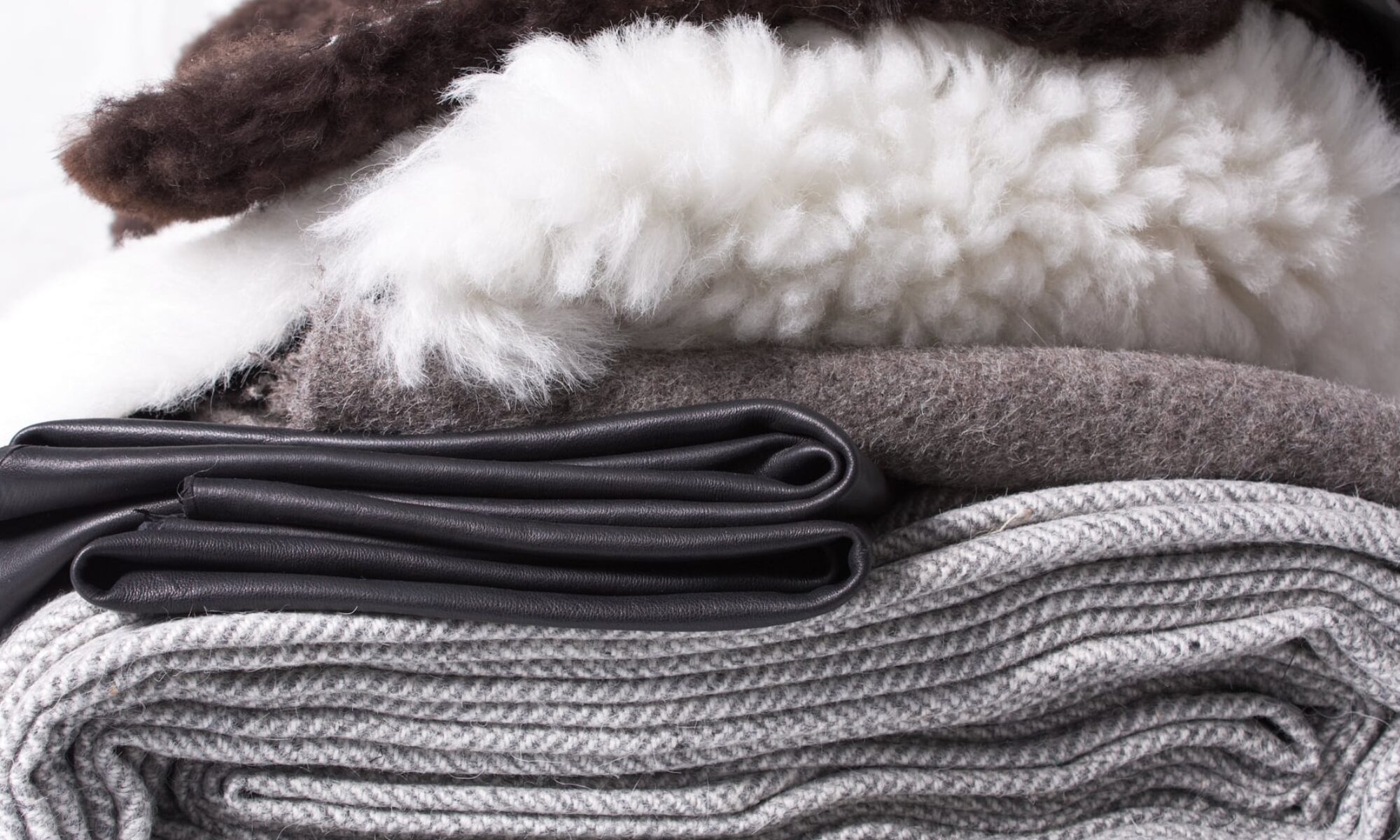Material Nord works with suppliers and producers committed to sustainable practices and high quality material. It is important to us that there is respect for people, animals and environment throughout the process.
Wool fabrics & products
Ístex
Most of our wool fabrics & products are supplied by Ístex, the Icelandic Textiles Ltd., with whom we collaborate on product development and production.
Ístex was established to carry on the Icelandic wool industry that started in Mosfellsbær in 1896. Ístex buys directly from farmers and processes about 99% of all Icelandic wool. Icelandic farmers own 80% of the company.
Ístex is commited to offer high quality Icelandic wool to customers that choose natural, sustainable and eco-friendly living. Icelandic farming has a strong dedication to animal welfare and environmentally friendly practices.
Ístex wool is OEKO-TEX Standard 100 certified and holds Woolmark certification.
All the wool fabrics are produced in mills in Europe.
Sheepskins & Lamb leather
Abattoir
Material Nord buys sheepskins and lamb leather in Iceland from a small abattoir on the west coast which is owned by three farmers in the area. The farmers decided to buy the abattoir a few years ago in order to keep more process possibilities for farmers active than big mass production ones as well as supporting local jobs. The sheep hides are a by-product of their meat production. They sell their products under the name of Brákarey.
The abattoir can be described as an artisan butchery, the scale of the production is small and the process slower allowing the meat to hang longer to increase tenderness. The abattoir works with farmers, who take their livestock themselves to the abattoir and then return to collect their produce to sell under their own brand name. It also offers the farmers to sell their produce under the abattoir´s brand name. The farmers typically do not travel far with their animals and they are in small numbers, around 30 at most at a time. Both which eliminates/minimize stress to the animals. It is important to be empathetic conscientious and respectful in this process.
The abattoir operates with permit and inspections from The Icelandic Food and Veterinary Authority (MAST), governmental institution enforcing legislation regarding food safety and animal welfare. The abattoir holds also a certification of organic processing for organic agriculture produce as defined in Icelandic regulations, based on European Union regulations.
Tannery
The tannery for our sheepskins is located in Sweden, where it is owned and managed by sheep farmers in the area. It follows the strict requirements of Swedish environmental legislation and are continually monitored for compliance with those strict requirements. It is called Tranås Skinnberedning.
To buy Swedish tanned sheepskin or leather gives the security of a guarantee that the skin has been processed in a safe way. From tanning being fairly widespread in both Sweden and Europe as a whole, it has over the years become more and more scarce. One of the main reasons is that environmental legislation has become stricter. This is good as it encourages environment friendly tanning, but unfortunatly many plants and producers have moved to other areas of the world, where the requirements are less strict, and labour is cheaper.

